|
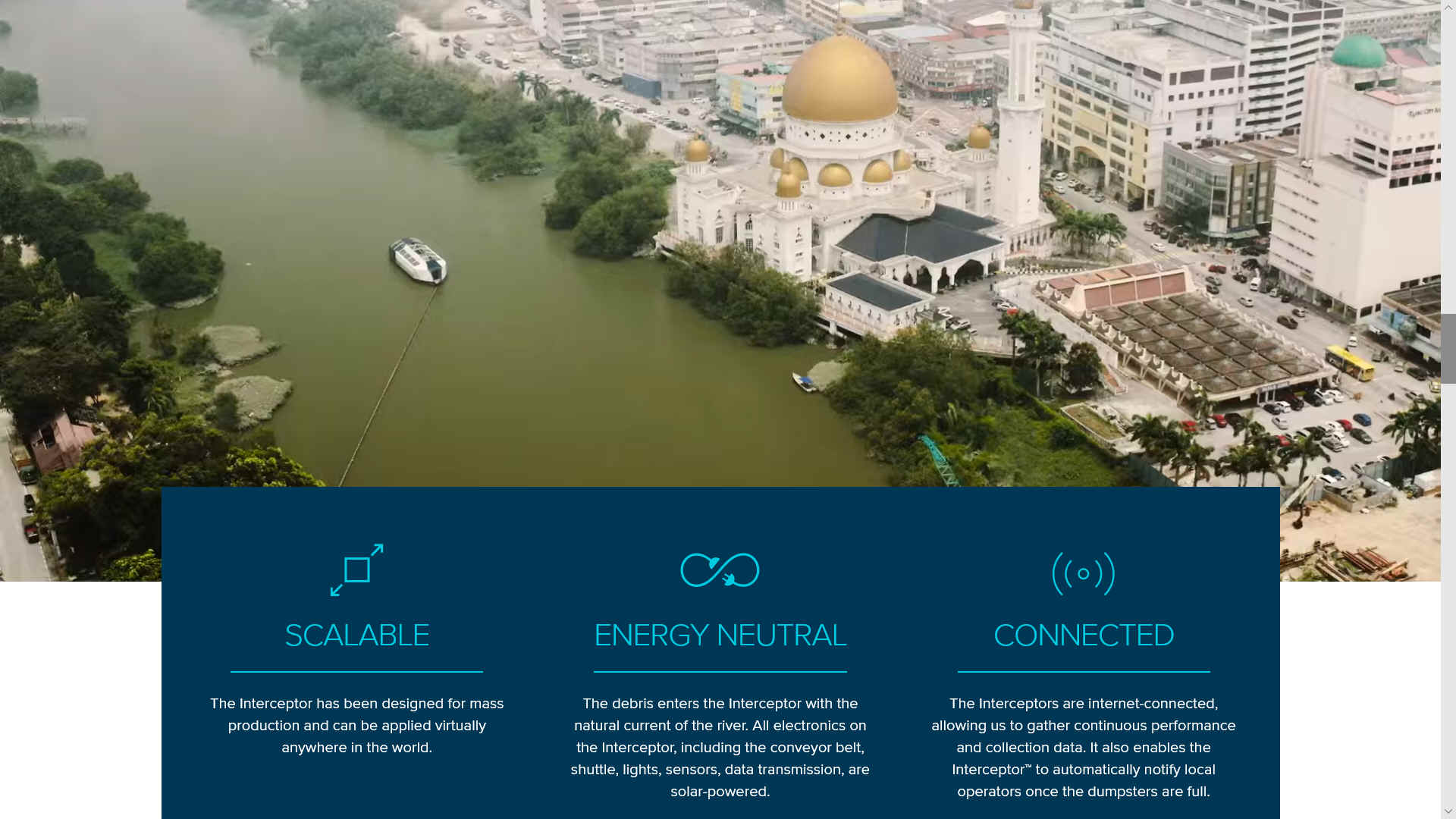
This
is a fabulous concept, essentially a giant fishing
net (or scoop) for plastic, the logistics of which are staggering. Indeed,
concerning the vastness of the ocean the logistics are the obstacle to overcome when it comes to
economic recovery of marine debris. This is even more of a challenge when
factoring in sustainability in a circular
economy.
The
project started out as a tethered boom system, anchored to the ocean floor,
but soon changed to a drifting boom where the original concept was flawed.
In
October 2019 the Cleanup Project changed tack again,
from drifting booms (where they said they could only clean 1/12th of the ocean
plastic)
to river cleaners - a concept the Cleaner Ocean Foundation floated last year
in a revised form, but Bluebird
Marine Systems were onto in 2016, and Baltimore were operating with their
solar and water wheel powered barge called Mr
Trash. See our A-Z
of dirty
rivers.
We
hope that the transition to rivers is not some kind of declaration that the
drifting boom system is not as effective as advertised, or worse still, that
the Cleanup Project is thinking of abandoning ocean booms altogether where we
believe that there is still work to be done. We await developments.
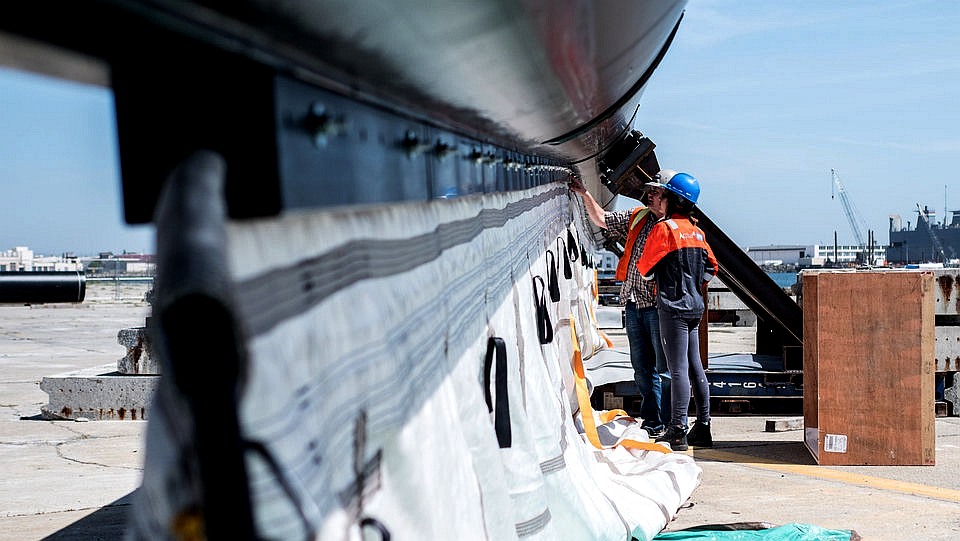
Boyan
Slat and his team previously changed tack from fixed booms to drifting booms,
demonstrating their willingness to learn from their mistakes. Now we have the Interceptor,
a solar powered river skimmer, except that it is tethered like Mr Trash, the
Baltimore wheel.
Also
interesting is that this team have firmly grasped the concept of solar power
for plastic processing. SeaVax
was the first solar powered machine proposed to clean the ocean, also a
machine that could be tethered, with additional booms added for specific
locations.
The
only thing that Boyan Slat's new machine has not emulated to date (and there
is nothing to stop him doing so), is the
ability to deal with micro plastic in rivers. But, with
the willingness they have demonstrated to adopt new technology, this must surely be on the cards! At
least we hope so. Eventually.
The good news is that this part of the
technology puzzle could be developed ahead of the Cleanup Project's needs. See
the proposed Horizon 2020 project that could begin in 2020. Brexit dependent.
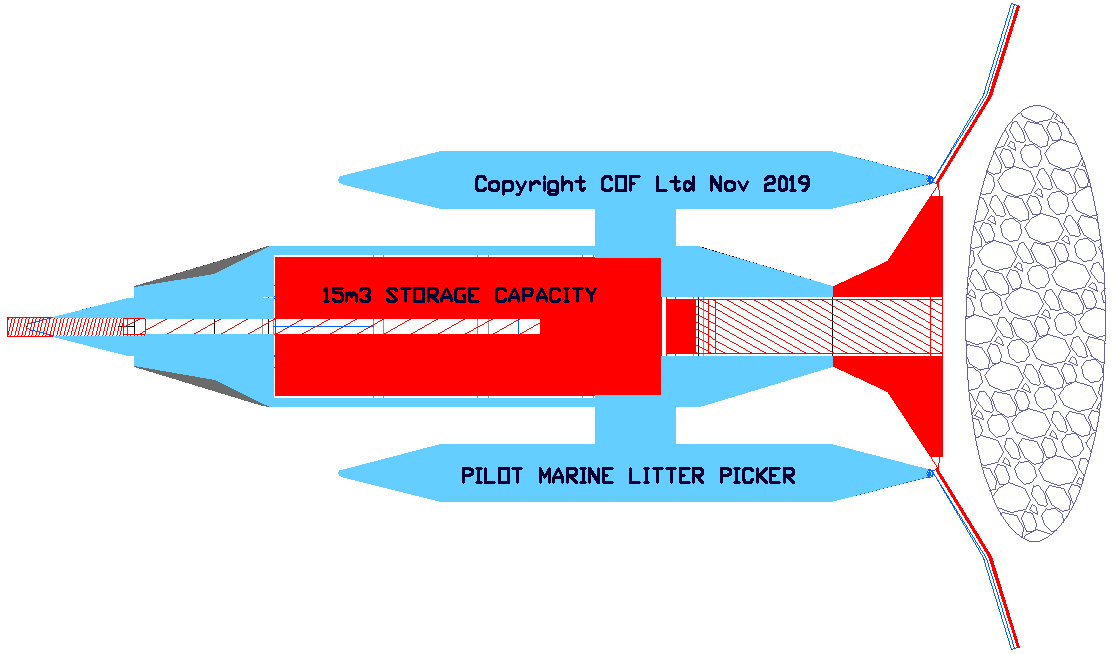
RIVER
POOPER SCOOPER - This
Pilot marine litter cleaning machine scoops up surface debris and micro
plastics, lifts it into a compactor head, then stores up to 15-20 cubic meters
or ten tons of compressed waste until docking, when the machine offloads the
waste to a dockside treatment facility using the extendable pipe at the
opposite end of the vessel. Waste plastic may be turned back into new
products and useful chemicals, including fuel. The bigger brother to this
concept is the SeaVax,
a machine that can store 150 cubic meters of waste, first proposed in 2015 and
exhibited
in London at Innovate UK. The Pilot vessel can carry 20 tons, so there is scope
for revisions during the proposed development period 2020-2023. There is
little reason to modify the design substantially, we may also employ shuttles for emptying, should it not be convenient
for a Pilot machine to leave station. Copyright © diagrams 21
November 2019. All rights reserved,
Cleaner Ocean Foundation Ltd.
WHY
THE CHANGE OF TACK ?
When
fishing one has to
consider the cost of the equipment in relation to the value of any catch. In
this case it could be argued that spending a $dollar to catch a $0.50 cents
worth of plastic makes good sense in terms of saving biodiversity
in the long-run.
But
what is the cost of the equipment? Reportedly, this is in the region of
$30million in the development phase, always more than the cost of production
equipment.
Where
each boom is roughly 2,000 feet, if we were to assume $200 dollars a foot,
we'd be looking at $400k. To that we'd need to add the control ends and
onboard equipment, say another $100k for each end. That would pay for the
scoop = $600k in production. A bargain price if this is in the right ballpark.
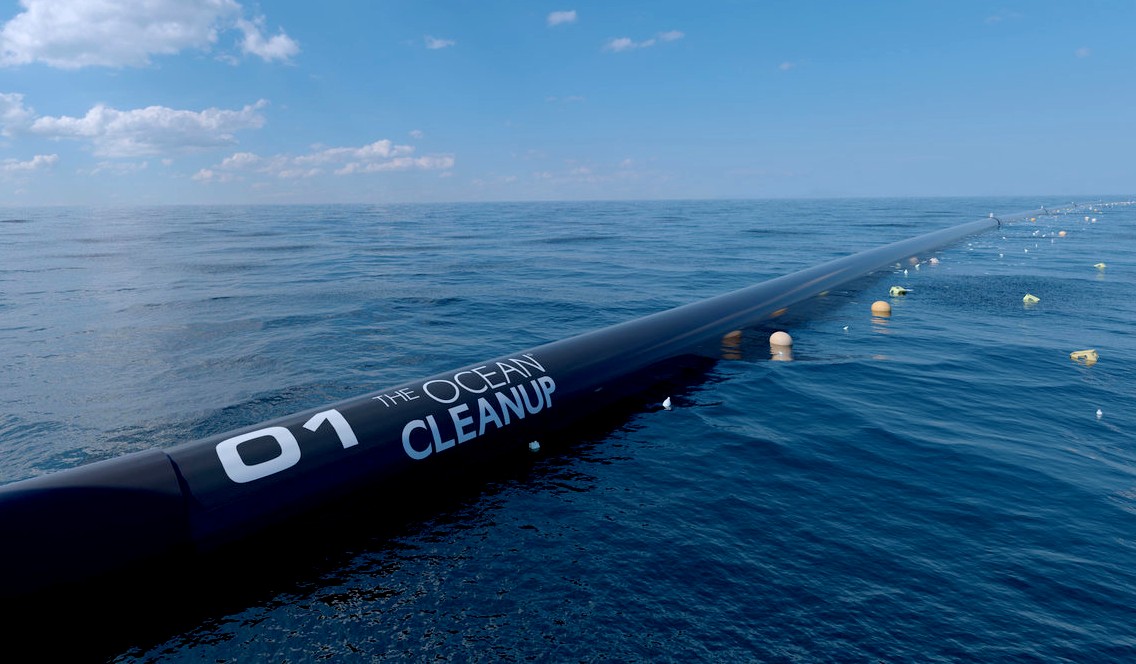
HIGH
DENSITY POLYTHENE - The first deployment, System
(Wilson) 001, consisted of a 600 metres (2,000 ft) long barrier with a 3 metres (9.8 ft) wide skirt that hangs beneath it. It is made from HDPE, and consists of 50x12 m sections joined together.
It was unmanned and incorporates solar-powered monitoring and navigation systems, including GPS, cameras, lanterns and AIS. The barrier and the screen mounting were produced in Austria by an Austrian supplier.
In 2019 a string of inflatable buoys were installed across the system's opening, to increase its speed. This edition used simpler connections between the barrier and skirt, eliminated stabilizing structures and reduced the barrier size by two-thirds.
Q.
What does each pass of the ocean harvest? Good question.
If
we assume no concentrator, i.e. no way of compacting the plastic in the scoop
other than the net effect, a single drag of the ocean could be based on the area of the scoop
multiplied by the density of plastic in seawater and the distance traveled
(drifted).
Based
on the results of a 22year study (by Algalita
et al)
the findings were that the North Pacific Ocean contained 580,000 pieces
of plastic per square kilometer @ 1/10th the
mass of a paper clip.
That
is 0.58 pieces of plastic per square meter. Where the 2000 foot long boom in
the form of a semicircular scoop has an area of 60,351 square meters (and a
mouth of 192 meters wide) that
equates to 35,004 pieces of plastic per scoop, or 3,500 paperclips.
Of
interest is that @ 27m mouth sweep of 7.1
SeaVax units fully deployed, working in concert, gives the same mouth
sweep area as one of these floating boom barriers (192m). Fleet them together
with drone swarm software and you'd have a steer-able and navigable boom that
collects and stores the plastic harvested for offloading via built in pumps.

A
normal size paperclip weighs around 370 milligrams. 370mg x 3,500 = 1295.135
grams or 1.295kg per scoop. A single scoop being the distance traveled by the
scoop. In this case 196 meters or 0.196 of a kilometer.
If
we now assume that the boom has a drift (drag) of 1,000 kilometers and the
ability to hold and concentrate the plastic catch. Each drag equals 5,102
scoops x 1.295kg = 6.607 metric tons.
A
2,000 kilometer drag would net 13.214 tons of macro/micro plastic particles to
a depth of 1 meter. If we allow for a 2 meter depth with spillage under a 3
meter skirt, that doubles to 26.428 tons. If we say 3 meters depth and no
spillage under the skirt, we are looking at 39.642 tons.
To
this we must add the other floating debris that is sure to far exceed the
theoretical 40 tons of macro plastics. In an area of 60,000 m2 you could
accommodate quite a bit of floating debris.
39.642
tons of plastic @ $0.38 cents/kilogram = $15,066 dollars. The price of plastic
for recycling varies. This is just a toe in the water example.
As
stated, this example is for small plastic bits that the boom system may not be
able to deal with effectively. We might assume 10 times that for larger
solids. Hence, around 396 tons and $150,660 dollars per haul, minus
operational overheads.
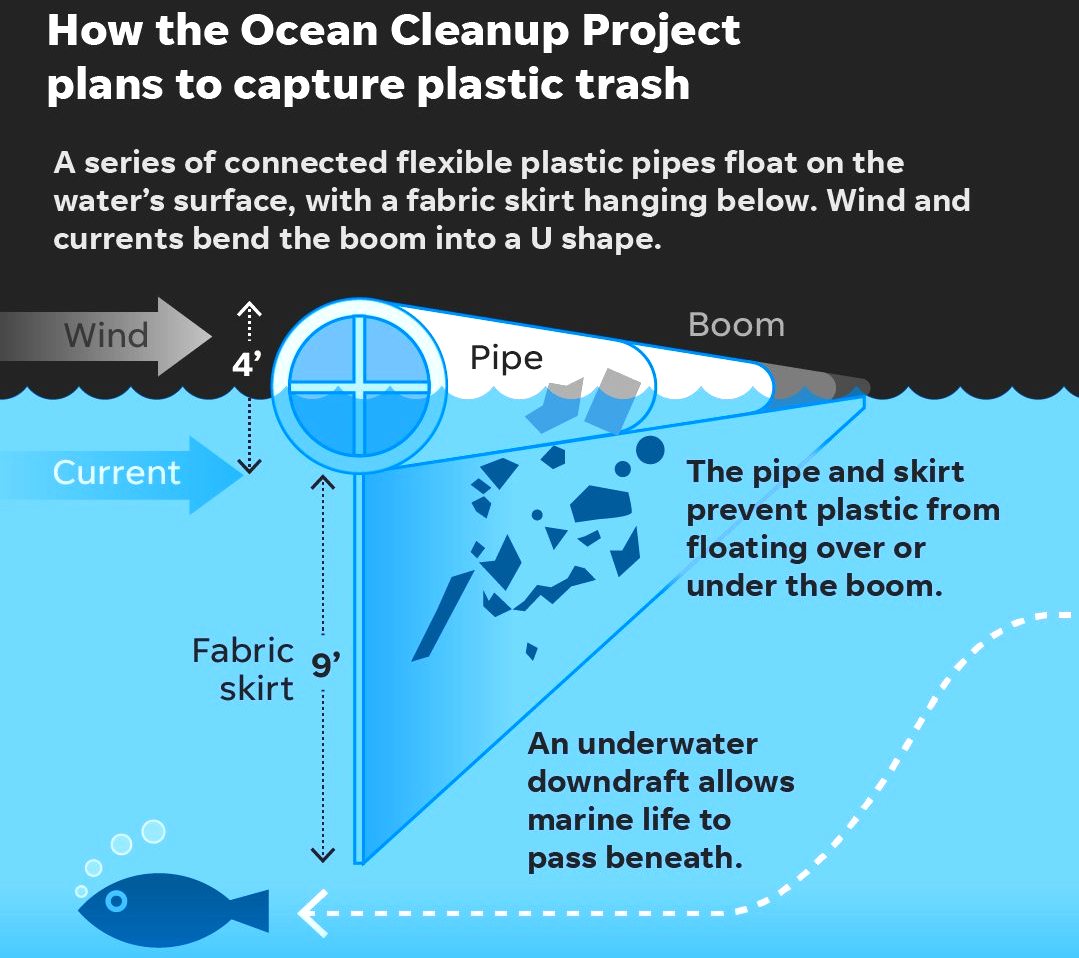
SIXTY
SYSTEMS?
The
Ocean Cleanup Project team (Boyan
Slat) estimate that they need 60 systems to clean around 50% of the ocean in 5 years. Based on the
above figures, sixty of their booms could harvest 23,760 tons of plastic. But there is
around 8 million tons pouring into the oceans every year.
To
be able to keep pace with the incoming waste it is more like 20,200
(twenty-thousand two-hundred) = 8 million divided by 396 tons per drift. If we
double the estimated catch and run two ocean drifts a year per boom, that
comes down to 5,050 boom units needed to stem the incoming 8m tons a year.
This is though an uninformed calculation. The booms may be able to harvest 10
times these estimates, in which case we are looking at 500 units - or for a
50% clean, 250 units.
This is for
all 5 gyres. Whereas The Ocean Cleanup calculations are for the Great Garbage
Patch only - half of one ocean, leaving the Atlantic,
Indian
and South Pacific oceans dirty.
To
get down to 60 units each boom would need to be capable of harvesting 133,334
tons of plastic a year - and that is just to keep up with the incoming waste.
We
agree that with a fair wind, 60 of these boom units with the proper support
could clean the Great Garbage Patch of around 50% of the plastic accumulation,
leaving the smaller debris (that it cannot cop with).
300+
SYSTEMS
The
SeaVax
team reckon on 300 of their fully autonomous units to stem the 8 million ton
tide and 700-900 SeaVax units to clean the oceans in 5 years. The aim being to
rid the oceans of toxic plastic to aid the regeneration of fish stocks for food
security.
To
make this work, a SeaVax fleet would need to be supported by at least 5
converted Panamax
(55,000 ton) cargo ships. That is why the SeaVax team favour targeting rivers.
They say it is better to go for the source, if at all possible. If harvesting
from rivers, the fleet requirement goes down to around 100 units, to mop up
about 90% of the incoming tide - with no requirement for Panamax support
ships.
ON
COURSE
Another
problem for the drifting boom system is aim and course. Once on
its way, the drift goes with the currents and wind. The release of each boom
would have to be carefully calculated to target high value areas because
course corrections at sea is not possible unless the booms are shadowed by a
towing vessel. If that was needed the cost of operations escalates again.
LOGISTICS
We
then have to add the cost of the ships (diesel/crew/depreciation)
towing the boom to
locations and the cost of the net vessels that capture the plastic in
secondary nets and land it to a dock. Finally, there is the transportation
costs from the dock to the recycling
plant(s), though this may be conveniently in a port.
All
in all, after depreciation of the boom per drift, you might care to agree that
this is a loss making project that serves a social need in seeking to preserve
biological diversity as per the UN objectives that were under discussion at COP
14 in 2018.
It
might be better to concentrate on incoming source from rivers,
but we do not want to discourage Boyan and his team, rather we hope this is
constructive analysis from a laypersons perspective. We are sure there will
have been a far more precise study of likely outcomes. it will be interesting
to compare the various ballpark estimates with whatever the final figures in
operation. That is what experimentation is all about.
We
take our hat off to Mr Slat. For whatever the outcome this has been a
magnificent series of experiments that will advance ocean science for others
to learn and benefit from. Whether a positive or a negative experience, we
still learn from the project.
PROJECT
MANAGEMENT TEAM
Boyan Slat - CEO & Founder
Lonneke Holierhoek - COO
Jos Huijbregts - CFO
Supervisory Board
Feike Sijbesma - Senior Advisor to Supervisory Board
Chris van der Vorm - Communications
Evert Greup - Funding and Finance
Frederik Gerner - Technology and R&D
Scientific Advisory Board
Prof. Dr. Richard Spinrad - Marine Technology & Oceanography, Marine Technology Society
Prof. Dr. Alex Oude Elferink - International Law of the Sea, Utrecht University
Prof. Dr. Gerhard J. Herndl - Ecology and Biological Oceanography, University of Vienna
Prof. Dr. Mirek Kaminski - Offshore Structures, Delft University of Technology
Frederik Gerner - Chairman on behalf of The Ocean Cleanup
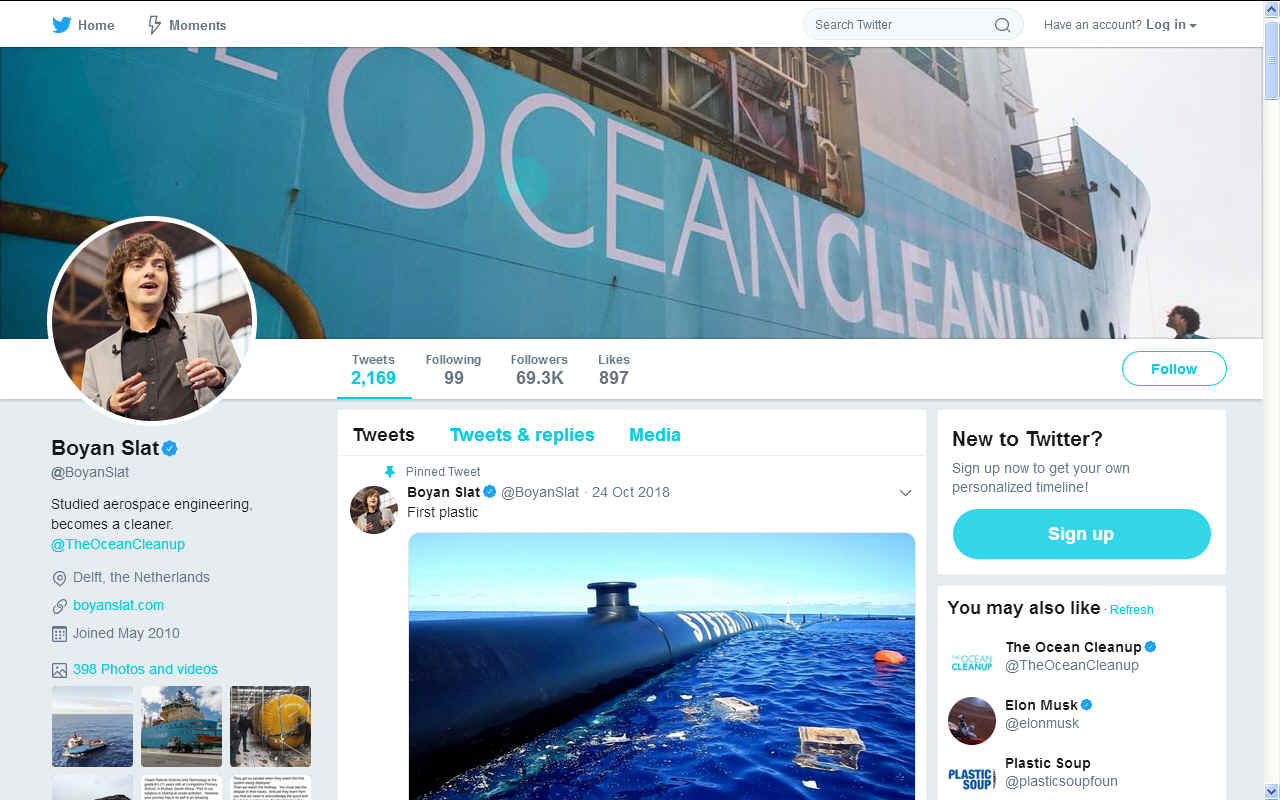
22
JUNE 2019 FOX5 NEW YORK SAN FRANCISCO
- A floating device designed to catch plastic waste has been redeployed in second attempt to clean up a huge island of trash swirling in the
Pacific Ocean between
California and Hawaii.
Boyan Slat, creator of The Ocean Cleanup project, announced on Twitter that a 2,000-foot (600-meter) long floating boom that broke apart late last year was sent back to the Great Pacific Garbage Patch this week after four months of repair.
A ship towed the U-shaped barrier from San Francisco to the patch in September to trap the plastic. But during the four months at sea, the boom broke apart under constant waves and wind and the boom wasn't retaining the plastic it caught.
"Hopefully nature doesn't have too many surprises in store for us this time," Slat tweeted. "Either way, we're set to learn a lot from this campaign."
Fitted with solar-powered lights, cameras, sensors and satellite antennas, the device intends to communicate its position at all times, allowing a support vessel to fish out the collected plastic every few months and transport it to dry land.
The plastic barrier with a tapered 10-foot-deep (3-meter-deep) screen is intended to act like a coastline, trapping some of the 1.8 trillion pieces of plastic that scientists estimate are swirling in the patch while allowing marine life to safely swim beneath it.
Undoubtedly,
the largest of the ocean cleaning projects at the moment - and for sure the
most expensive, The
Ocean Cleanup Project is evolving to meet new challenges as the team hit brick
walls. The
idea started out as a tethered system, being tied to the ocean bed with
(presumably) concrete blocks and heavy duty cable.
This proved not to be practical but was a good enough proposal that investors
poured in. Sometimes an idea takes a while to mature as the possible solutions
are eliminated, before leading to a workable system. As more thinking power was
brought onboard with interns, students and employees - and after much
experimentation - the system changed to a huge boom supported drift net. With
the potential to bolt on emerging technology. This
is a huge experimental undertaking and no mistake. We are all waiting for a
breakthrough, as no doubt Boyan Slat has his fingers crossed for. Meantime,
the research that accompanies this project and the partners who are working
toward this goal are all contributing to ocean science. 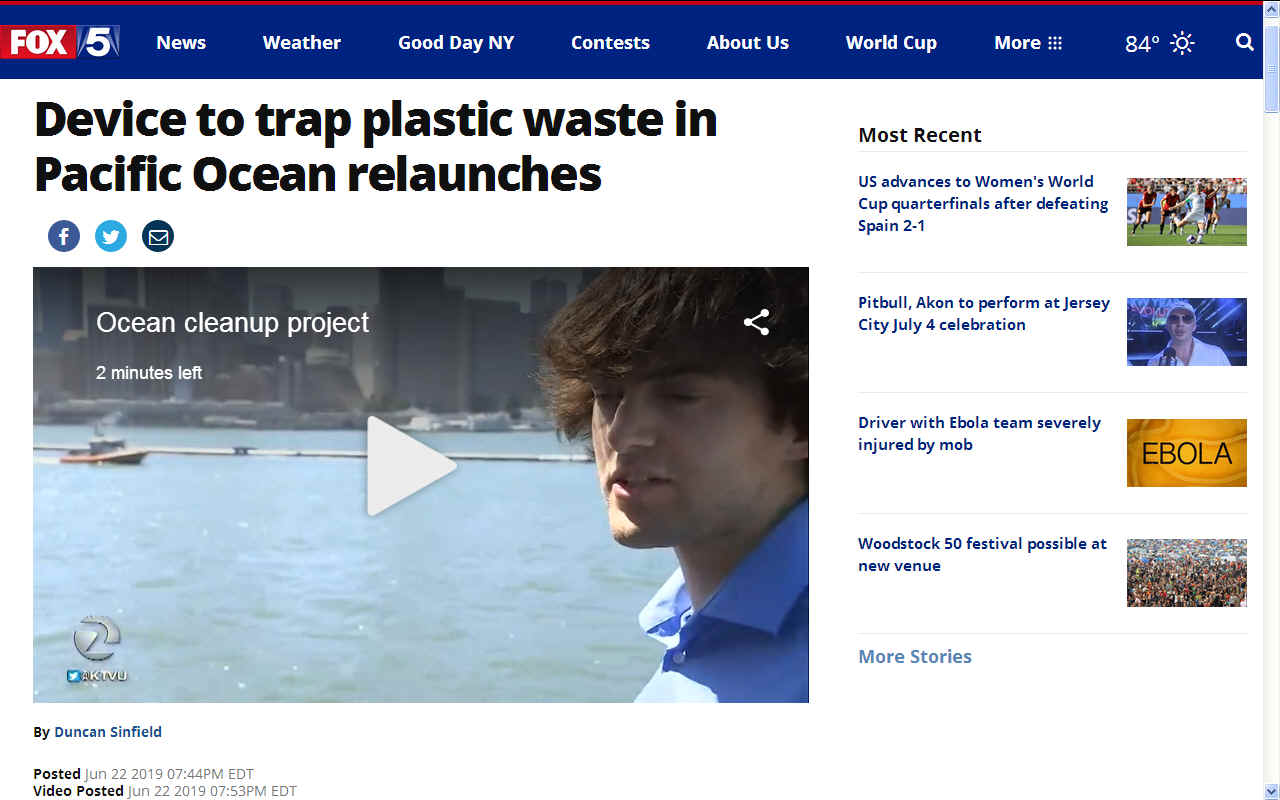
ENVIRONMENTALISTS
EXPRESS CONCERNS
A spokesperson for Greenpeace says, “Exploring new ideas and technologies to clean up ocean pollution is laudable and [the project] may even succeed in removing at least some of the waste. But prevention is far better than cure and in order to tackle the
pollution crisis, corporations must stop producing so much plastic.”
Rick Stafford, a professor of marine biology and conservation at Bournemouth University, offers this qualified endorsement. “It could remove a lot of large plastics from the ocean, which is positive as long as it will not harm sea life.” The skirt that hangs beneath the floating booms is designed not to entangle marine life, but Stafford warns a degree of
by-catch is inevitable.
“Fish such as tuna could get caught up in the debris. Or if turtles get pushed up into the skirt there is a chance they will end up eating the plastic.” He adds, “My biggest concern is that providing a potential technological solution could make us feel like we have dealt with the plastics problem — whereas in reality we need strong policy and legislation to ban disposable plastics.”
Lonneke Holierhoek, CEO of The Ocean Cleanup, points out, “Plankton and different types of marine life are already affected by the floating debris out there. We will work with the knowledge we gain to minimize any impact. We feel a sense of urgency to start cleaning up and to learn how our ideas will work in reality. But this is by no means the end of the process. We believe we can scale up pretty quickly and have a full fleet of systems in the north Pacific by 2021.” 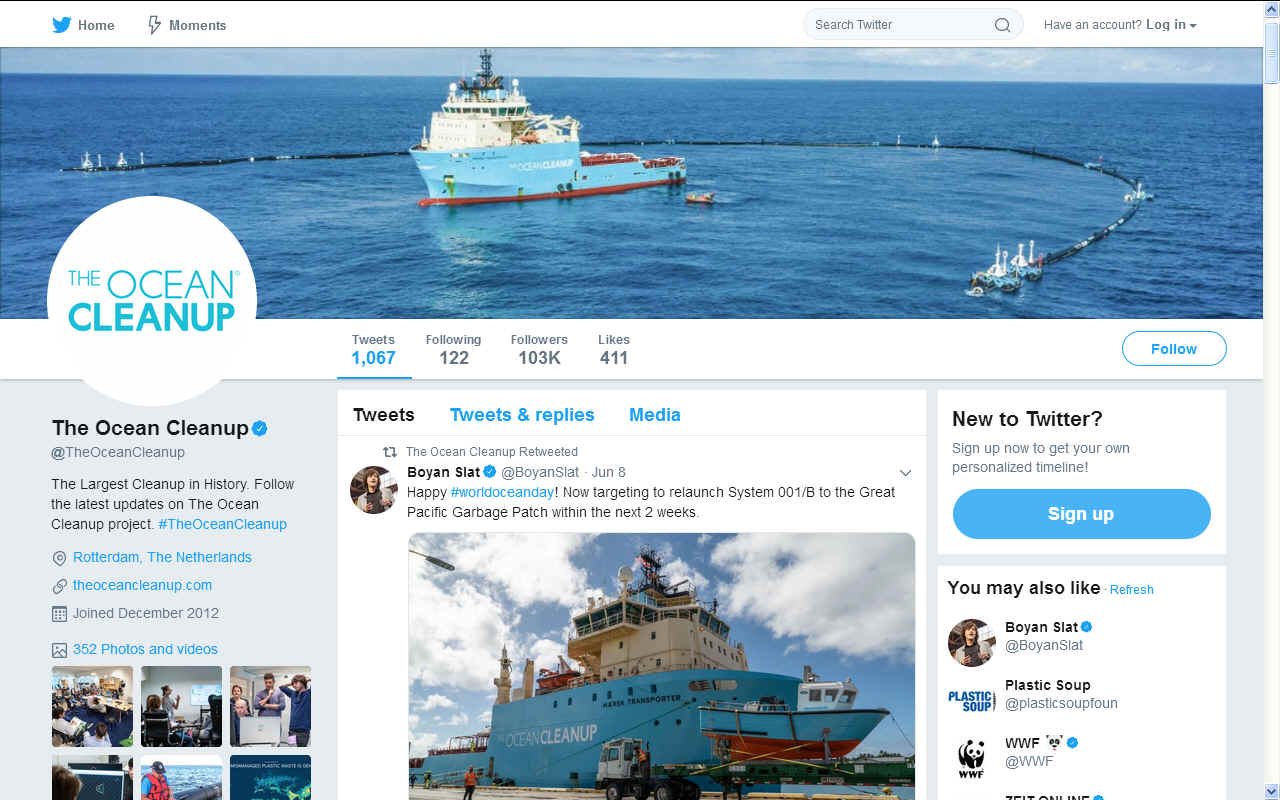
TWEETS
2019
Happy
#worldoceanday! Now targeting to relaunch System 001/B to the Great
Pacific Garbage Patch within the next 2 weeks - 8 June 2019
Two most common untruths spotted in past few days:
1. "project failed" - no, we planned for system to go back in and out several times during iterative dev process.
2. "System cost €20m" - system actually cost €6m; the 20 is one-time cost of whole project w ops, R&D, etc - 7 Jan 2019
THE
OUTLIAR JANUARY 2 2019 The Ocean Cleanup project estimated by its inventors to clean up to 50% of the Great Pacific Garbage patch in as little as 5 years, has recently been hit with new problems as their €6 million system 001, aka Wilson, have been forced to return to harbor for repairs ahead of schedule. The reason being an 18 meter end-section had become detached from the remaining system, the cause of which at this point still remains unknown. While this did not cause any substantial material cost or safety issues for the crew, it does underline some of the issues this young technology is facing when exposed to the volatile and unpredictable environment of the ocean.
This marks the second issue since the official launch back in September. The first being Wilson’s inability to retain the plastic that it collects, which as of the 18th of December 2018 still seems to be at least partly unresolved. That being said it is not all bad news as 2,000 kg of trash was brought ashore by the Maersk Transporter. For comparison Wilson alone is expected to harvest approximately 1,000 kg a week once fully operational. Additionally, Ocean Cleanup reports that they are analyzing the gathered data to further improve upon the system.
The floating system is designed by the non-profit organisation Ocean Cleanup, which was founded by then 18 year old Dutch inventor Boyan Slat in 2013, as a way to help solve the global plastic pollution crisis. The technology and operations are in part funded on the back of crowd funding and while the launch in September 2018 was the first official full scale launch several prototypes have already been deployed and successfully tested in the worlds oceans. Wilson is the first of a projected fleet of 60 such systems.
The Great Pacific Garbage Patch is a large slow moving vortex of marine debris in the pacific between Hawaii and California. Its gyrational forces draws in plastic and other floating debris, primarily from the pacific, and keeps it in the middle of the patch. The size of it is highly disputed with ranges from 700,000 square km, approximately the size of Texas, to some 15,000,000 square km, approximately the size of Russia.
There is no strong consensus on the origin of the trash, but according to a 2014 paper the majority of it is disposed fishing gear and equipment. However, by all accounts the garbage patch is growing significantly along side its siblings the
Indian Ocean Garbage
Patch, North Atlantic Garbage
Patch, and South Pacific Garbage
Patch.
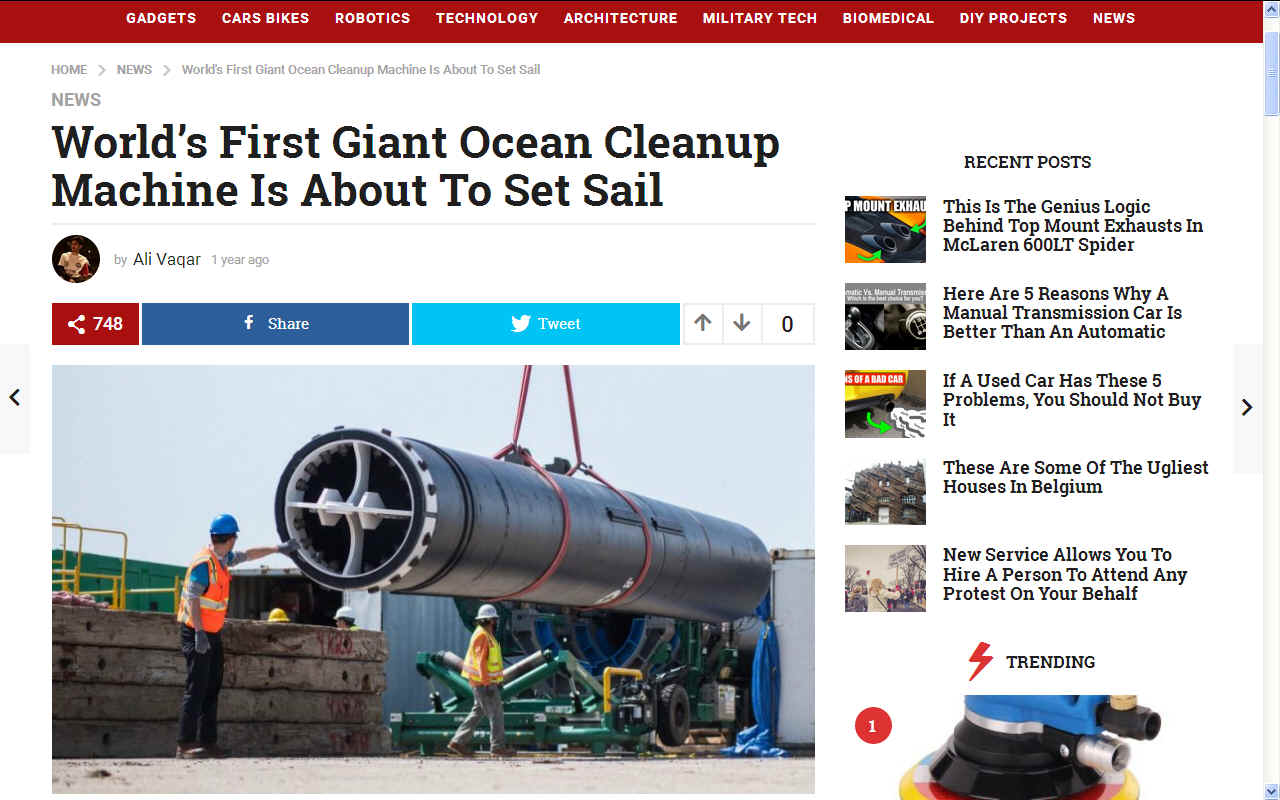
GIANT
BOOM - It's
a brilliant idea, now developed to include solar powered navigation lights and
satellite communications to share data and warn other transports of the
position of this man made floating lagoon.
WONDERFUL
ENGINEERING 2018 Boyan Slat presented an idea at a TEDx talk seven years ago to help clean up the ocean. He was only
17 years of age at the time. He learned that cleaning the tiny plastic particles in the ocean could take nearly 80,000 years as they are constantly being carried around by ocean waves. Slat wanted to use this movement as an advantage and had an idea to pull out plastic to be recycled much more quickly.
Scientists did not back his idea right away and were skeptical about the technology. Slat did not lose heart and dropped out of his first year of
university to pursue the concept. He founded the nonprofit The Ocean Cleanup in 2013 and raised $2.2 million in a crowdfunding campaign. Other investors like Salesforce CEO Marc Benioff also joined and brought in
millions more to fund the project.
The Ocean Cleanup says that it would bring back the first harvest by the end of 2018. The organization expects to bring back 5,000 kgs of plastic ashore per month with the first system to prove that the design works. They also say that with a full fleet of systems deployed, they can collect half of the plastic trash in the
Great Pacific Garbage Patch within five years. This measures around 40,000 metric tons.
A giant floating tube is used by Ocean Cleanup. It is made of a durable plastic called HDPE which can float in water and is flexible enough to bend with the waves but rigid enough to form a U-shaped barrier to stop the plastic floating on the ocean’s surface.
A strong nylon screen attached underneath will catch some of the plastic below the surface but will not affect the marine life as it is not a net.
Anchors, floating in still
water hundreds of feet below the surface will help steady the device so it moves slowly and can easily scoop up the plastic that is collected in front of the device.
It has not been an easy road and there have been numerous challenges along the way. Slat, who is now 23 years old said, “There were many times in the last few years that were really rough.” However, he did not give up on The Ocean Cleanup and they are just about to launch the first piece of the technology.
“I would never be able to work on a photo-sharing app or ‘internet startup XYZ,’” he says. “I think people overestimate the risk of high-risk projects. Personally, I think I would find it much harder to make a photo-sharing app a success–it sounds counterintuitive, because it’s much easier from an engineering perspective, but I think if you work on something that’s truly exciting and bold and complicated, then you will attract the kind of people that are really smart and talented.
People that like solving complicated
problems.”
The first piece of technology is the size of a football field and will be towed out of the San Francisco Bay to see how it holds up to towing as it will have to be towed for three weeks to reach the Pacific Garbage Patch. If the tow test is successful, the engineers will connect the rest to form the total of 2,000 feet of piping.
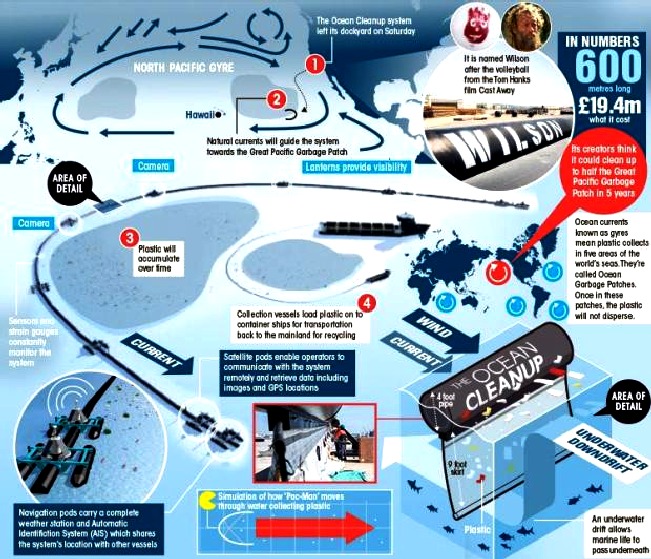
After completing the assembly, the equipment will be taken 200 miles offshore for a final test. This will check if the whole system operates correctly. If all goes according to plan, they will set sail for the Gyre and arrive in August. They plan to come back with a shipment of plastic by late fall.
It’s an ambitious plan. But Slat argues that it’s a mistake, in some cases, to start with more modest solutions and scale up. In the case of ocean plastic, using smaller technology for collection would take too long. “I think very often problems are so big, people approach problems from the bottom up: ‘If only I do this little bit, then hopefully there will be some sort of snowball effect that will be bigger and bigger,’” he says. “I’m much more in favor of the top-down approach to problem-solving. Really ask, if the problem is this big, how do you get to 100%? Then knowing what it takes to get to 100%, work your way back. Well, what do I have to do now?”
Ocean Cleanup is one thing but dumping trash into the ocean needs to be stopped. “Cleanups play an essential role in dealing with the symptoms of ocean plastics pollution, but they do not address the causes,” says Sander Defruyt, New Plastics Economy lead for the
Ellen MacArthur Foundation, an organization that works on helping create closed-loop systems for plastic. “They cannot keep pace with the rising tide of plastic
pollution. To tackle the plastic pollution crisis, there is an urgent need to rethink the way we make, use, and reuse plastics. This will require innovators, industry, and governments to collaborate and develop solutions that prevent plastic from becoming waste in the first place.”
The enormous amount of plastic already in the ocean needs to be fished out. The Great Pacific Garbage Patch was found 16 times larger than originally thought which was described in a study by The Ocean Cleanup. “It does further underline why it’s urgent to clean up,” says Slat. “Most of
the plastic is still large, which means that in the next few decades if we don’t get it out, the amount of microplastics can be tenfold or 100-fold. It’s this problem that’s waiting out there to magnify many times unless we can take it out.”

HIGH
DENSITY POLYTHENE - The Ocean Cleanup is designing and developing
one of the first of the feasible methods to rid the world’s oceans of plastic. Every year, millions of tons of plastic enter the ocean. A significant percentage of this plastic drifts into large systems of circulating ocean currents, also known as gyres. Once trapped in a gyre, the plastic will break down into microplastics and become increasingly easier to mistake for food by sea life.
"Going after it with vessels and nets would be costly, time-consuming, labor-intensive and lead to vast amounts of
carbon emission and
by-catch. That is why The Ocean Cleanup is developing a passive system, moving with the currents – just like the plastic – to catch it. The system consists of a 600-meter-long floater that sits at the surface of the water and a tapered 3-meter-deep skirt attached below. The floater provides buoyancy to the system and prevents plastic from flowing over it, while the skirt stops debris from escaping underneath. As the system moves through the water, the plastic continues to collect within the boundaries of the U-shaped system.
By deploying a fleet of systems, The Ocean Cleanup has estimated to be able to remove 50% of the Great Pacific Garbage Patch in just 5 years’ time. The concentrated plastic will be brought back to shore for recycling and sold to B2C companies. The revenue gained will help fund the cleanup expansion to the other four ocean gyres.
In preparation for full-scale deployment, The Ocean Cleanup organized several expeditions to map the plastic pollution problem in the Great Pacific Garbage Patch to an unprecedented degree of detail. The team simultaneously advanced its design through a series of scale model tests, including prototypes deployed in the North Sea 2016, 2017 and 2018. The first beta cleanup system was deployed from San Francisco Bay on September 8, being towed to the Great Pacific Garbage Patch to commence the cleanup."
THEIR
MOST GENEROUS PARTNERS
A to Z AKZO NOBEL
AkzoNobel creates everyday essentials to make people’s lives more live-able and inspiring. As a leading global paints and coatings company and a major producer of specialty chemicals,
they supply essential ingredients, essential protection and essential color to industries and consumers worldwide.
They say that sustainability is at the heart of everything they do, with a
commitment to making all of their products, services and partnerships as sustainable as possible. BOSKALIS
Royal Boskalis Westminster N.V. is a leading global dredging and offshore contractor and maritime services provider offering the widest range of expert dredging, offshore transport and installation solutions, and maritime services, including towage and salvage, in its industry. Boskalis supports The Ocean Cleanup by working together on the North Sea Prototype test. DE BRAUW BLACKSTONE WESTBROEK
De Brauw is a leading law firm offering high-end legal advice in complex business and finance transactions, compliance matters and commercial litigation globally. De Brauw has a long-standing commitment to providing pro-bono services on matters that serve the environment, society and the rule of law. As part of this commitment, De Brauw has acted as the first point of contact for The Ocean Cleanup’s legal matters since 2015. DELOITTE
Deloitte is the brand under which tens of thousands of dedicated professionals in independent firms throughout the world collaborate to provide audit & assurance, consulting, financial advisory, risk advisory, tax and related services to select clients. The Ocean Cleanup is an absolute frontrunner in sustainable innovations and this also is a top priority for Deloitte. Deloitte supports The Ocean Cleanup to further
professional-ize their organization and operations. LATHAM & WATKINS LLP
Latham & Watkins is dedicated to working with clients to help them achieve their business goals and overcome legal challenges anywhere in the world. Latham has a long-standing commitment to providing pro bono legal services, financial support, and volunteer time to those most in need within
their communities. Latham's pro bono practice is a hallmark of the firm. It is central to the culture and an important part of life at Latham. MAERSK
A.P. Moller - Maersk is an integrated container logistics company working to connect and simplify its customers’ global supply chains. A leader in shipping services, the company operates in 130 countries and employs roughly 76,000 people. Maersk Supply Service is a subsidiary of A.P. Moller – Maersk which provides marine services and integrated solutions to the energy sector worldwide. NETHERLANDS GOVERNMENT
The Dutch Ministry of Infrastructure and Environment is committed to improving quality of life, access and mobility in a clean, safe & sustainable environment. The Dutch Government enables The Ocean Cleanup to conduct its
North Sea Prototype test off the Dutch coast. 
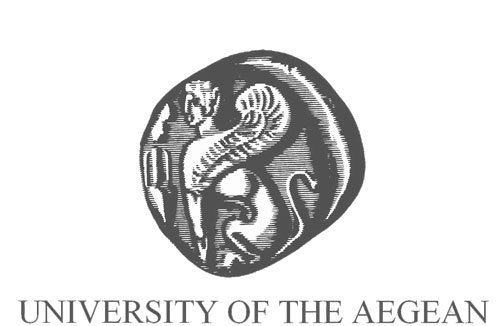
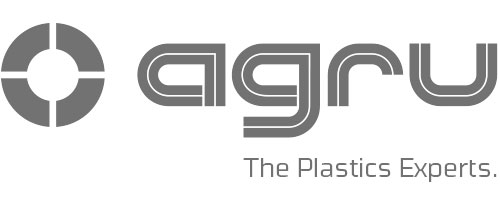


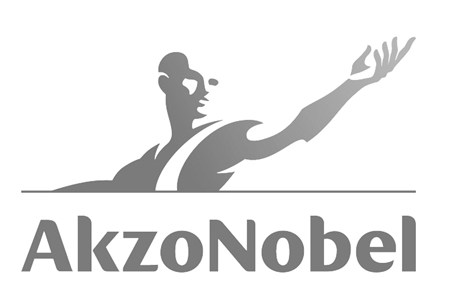
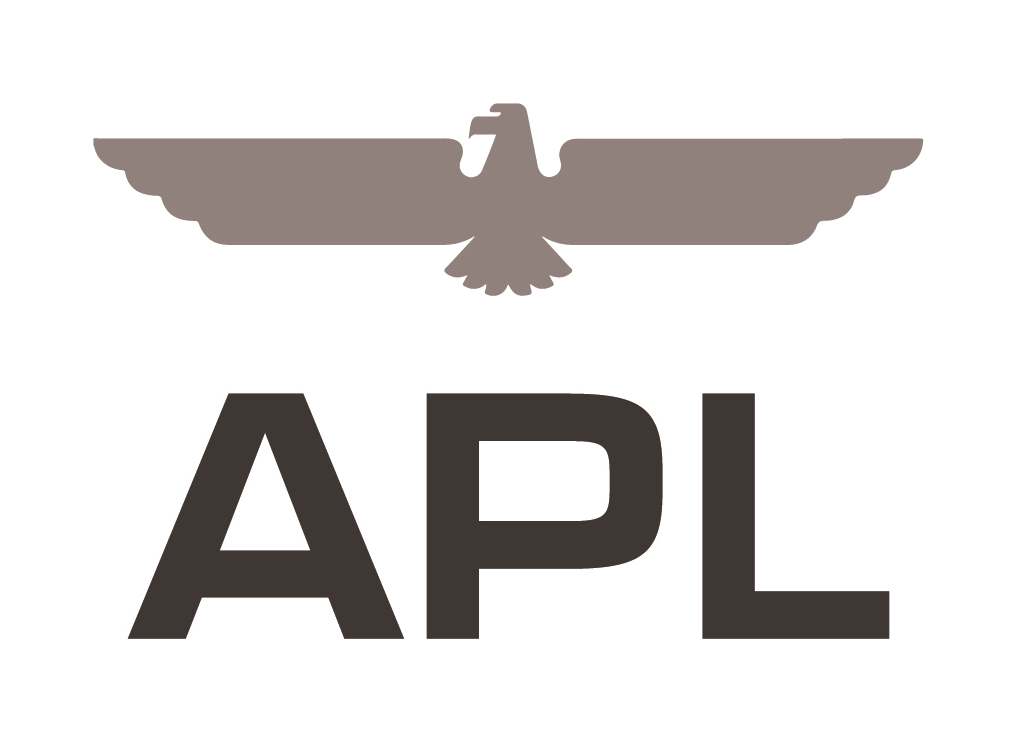
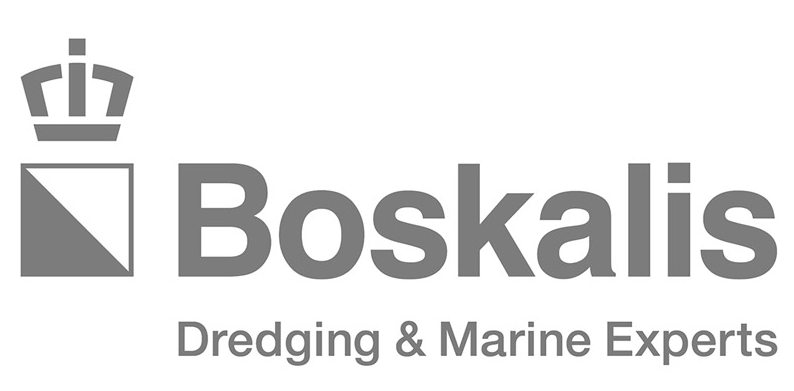



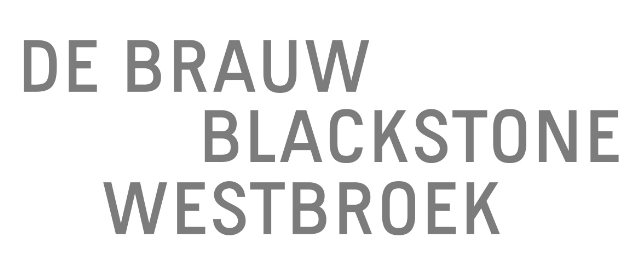
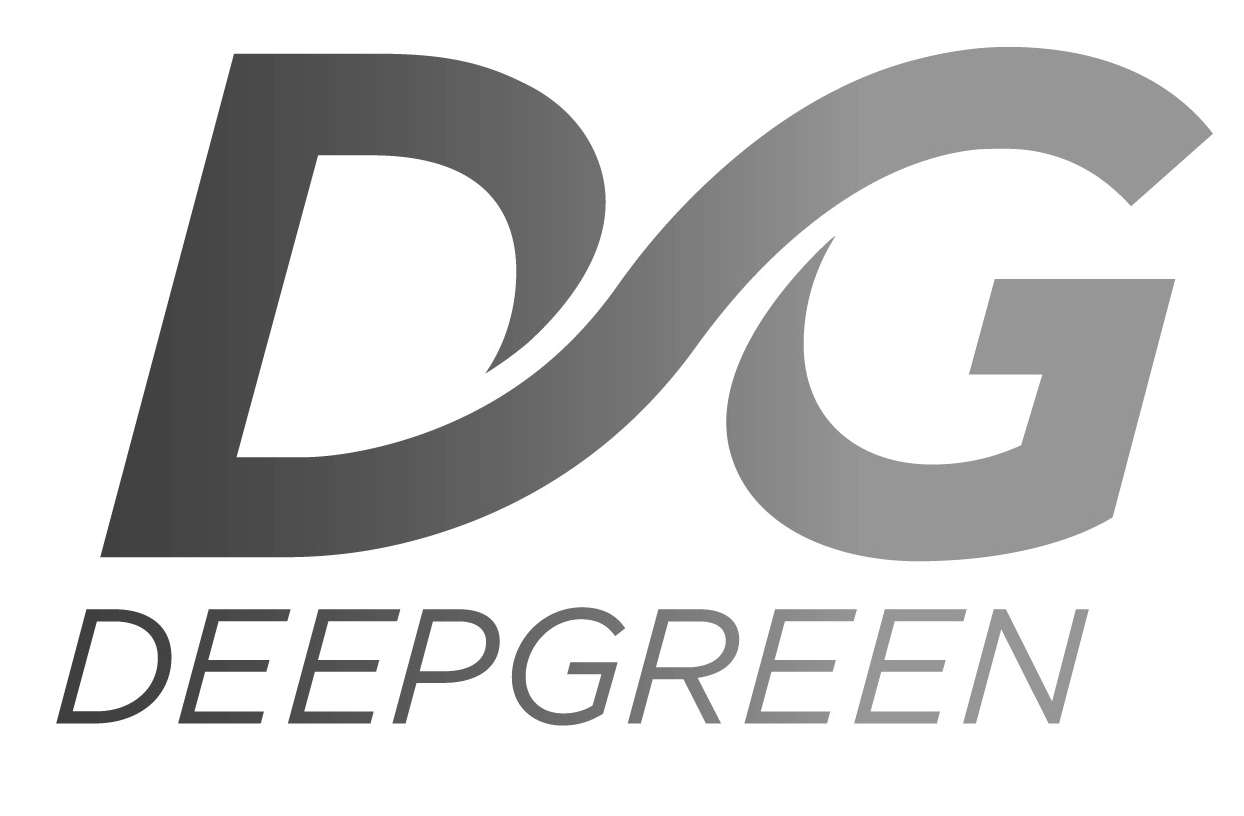











 

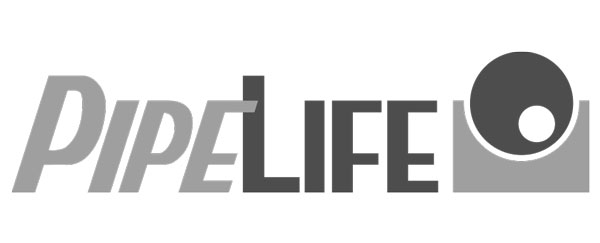
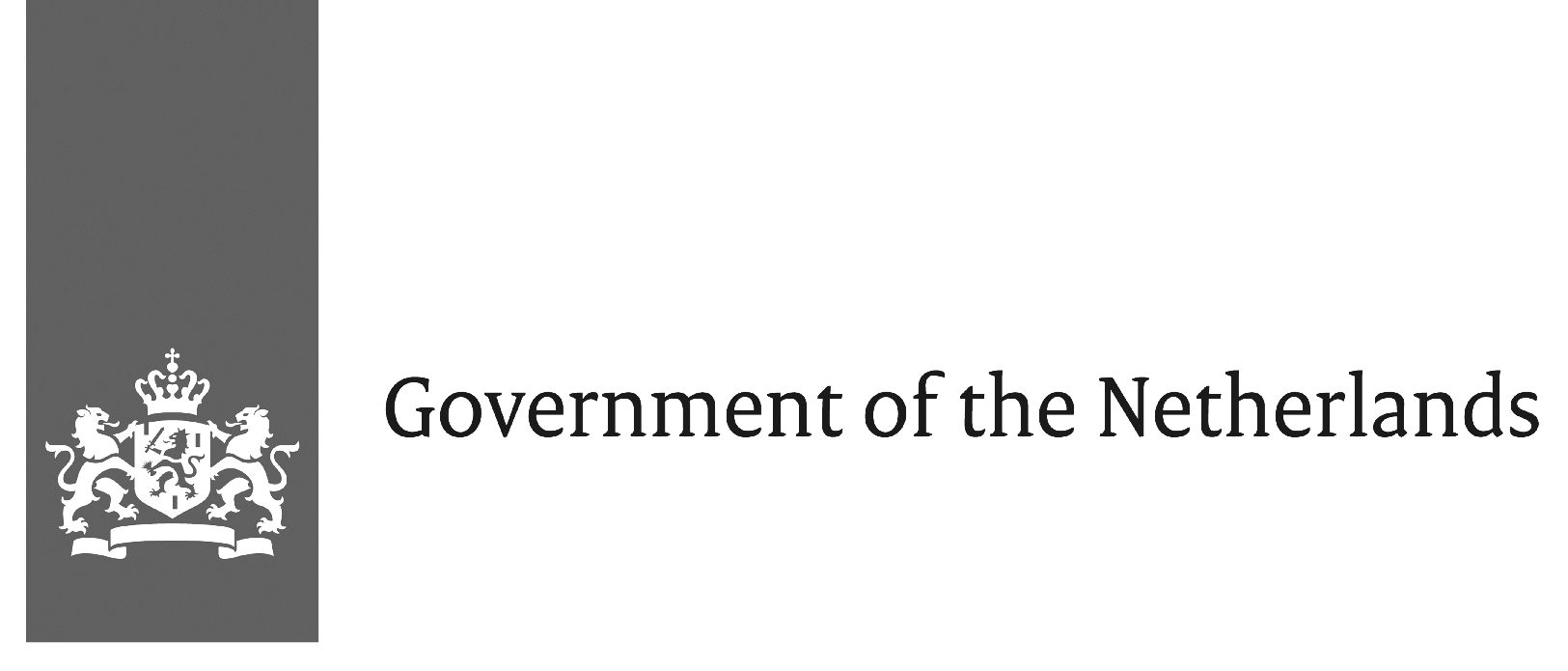










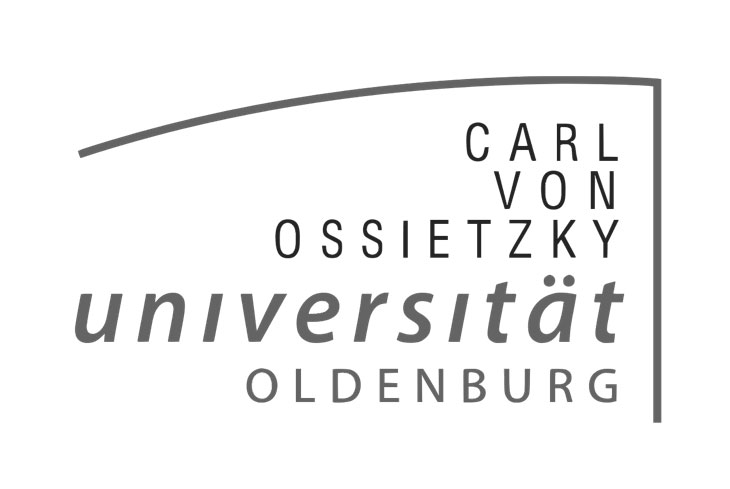

OFFICIAL
PARTNERS .. THEIR
ACADEMIC PARTNERS .... 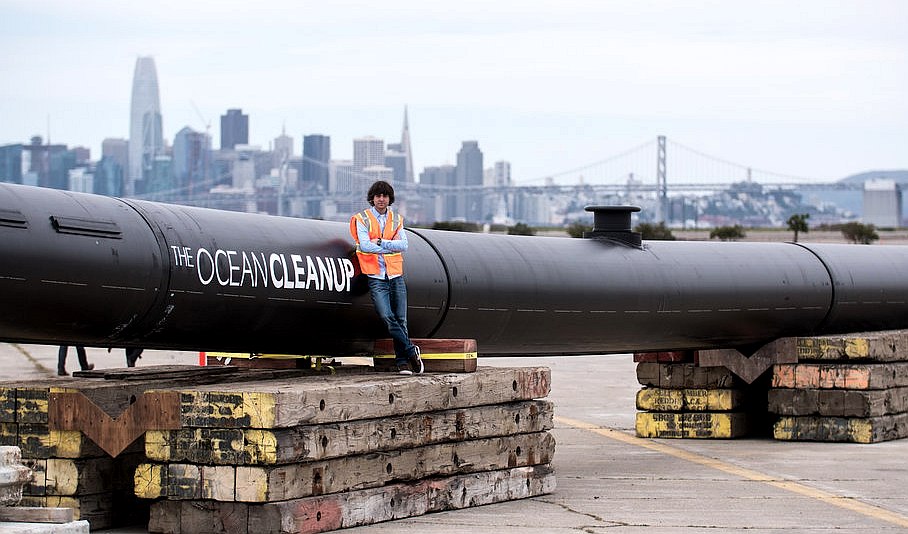
OFFICIAL
SUPPORTERS & SUPPLIERS A TO Z Orcina
- VBAT - KLM - Mocean
Acta Marine
AKD Advocaten & Notarissen
Alphatron Marine
Applus+
Aram Group
Aspect Consulting
BIND film
Buckaroo
C-Job
Calumet Photo
CSA Ocean Sciences
Coosto
Deltares
Deugro
Dropbox
Euromonitor
Everest Export
Falck Safety Services
Frans Executive Search
Geometius
Global Maritime
GOM
GoPro
Grayling
Greenhost
Grrr
GSS Marine Services
HKV Lijn in Water
in60seconds
Intel
INVENT Umwelt- und Verfahrenstechnik AG
Jardine Lloyd Thompson
Jurlights
Key Code Media
Kreber
Lankhorst Ropes
LiveU
Lloyd's Register
MARIN
Marine Instruments
Maskell Pipe & Supply
Maxar Technologies
Musto
Netherland-America Foundation
Netherlands Institute for the Law of the Sea (NILOS)
Progressive Recruitment
Port Health Centre
Readme
RISKID
Rise Marketing Group
Royal HaskoningDHV
Seatools
South Pole
SPECIFIC
Stichting De Verre Bergen
SurfSARA
TK Maxx and Homesense
TU Delft
Van Woerkom, Nobels & Ten Veen
Vis Staalbouw
V.O. Patents & Trademarks
Websols
Westmarine
Xflow
yPlus
PROJECT
HISTORY 2012 - 2020 2012
- TED Talk 2013
- Company Formation 2014
- Concept Revisions 2015
- Scale Model Tests 2016
- North Sea Trial 2017
- Pipe Size Reduction 2018
- Wilson & Scale Test 2019
- Sea Trials Pacific 2020
- The Future
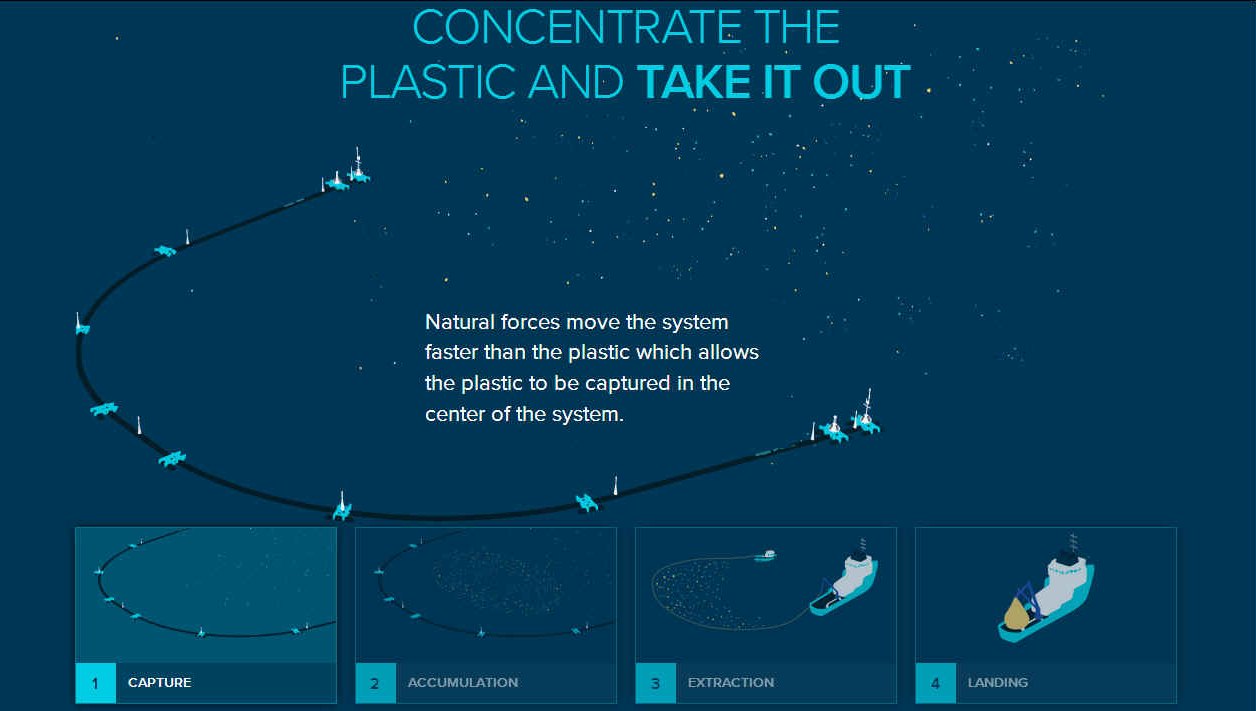
OCEAN
CLEANUP PROJECTS A - Z
*
Adidas
*
Algalita
research foundation *
Aliance
to end Plastic Waste AEPW
*
Baltimore
Mr Trash river cleaning barge
*
BAN - Basel
Convention Action Network
*
Boyan
Slat's ocean booms
*
CLAIM
H2020 EU marine plastic project
*
Earth Day - Fact
sheet ocean plastic
*
Fionn
Ferreira's ferrofluid extraction of microplastics
*
FlashLight
Press Michelle Lord & Julia Blatt
*
Greenpeace
*
GRIPS - Global
Research & Innovation in Plastics Sustainability
*
5 Gyres Institute
*
Interceptor
tethered river cleaning barges
*
Junk
Raft - plastic awareness voyage
*
Kids
Against Plastic Tat KAPTAT
*
Kulo
Luna graphic novel
*
Miss
Ocean - Plastic Awareness Events
*
Nike
- Sneakers from recycled materials, ocean spills
*
4Ocean recycled plastic bracelets
*
Ocean
Voyages Institute
*
Ocean Waste Plastic
*
Parley
AIR
*
Plastic Free
Eastbourne
*
Plastic
Oceans Canada
*
Plastic
Oceans Chile
*
Plastic
Oceans Mexico *
Plastic Oceans Org
*
Plastic Oceans UK
*
Recycling Technologies *
Rozalia Project
*
Seabin
*
Sea Litter
Critters
*
SeaVax autonomous drones
*
Surfers
Against Sewage
*
Surrey University PIRATE
& Triton
*
Sussex
Bay - Coastline marine rewilding project
*
World Oceans Day
*
WRAP - Waste
& Resources Action Programme
Boyan
Slat is not alone in the fight against ocean plastic. These
emerging technologies could all play a part in
containing the mountain of plastic that is accumulating on the oceans
floors, by recovering floating debris before it sinks. New ideas are
welcomed.

NEGATIVE
PRESS
THE
SUN 6 JANUARY 2019 - BUNGLED ATTEMPT TO CLEAN OCEAN RUBBISH USING
FLOATING DRAGNET - CANCELLED AFTER DEVICE BROKE APART AT SEA The 2,000-foot-long barrier had aimed to collect half of the Pacific rubbish patch between
California and Hawaii which covers an area three times the size of France, in five years.
A BOTCHED multi-million pound effort to clean up ocean pollution has been halted after sweeping up no plastic waste.
A 60ft part of the £31million floating device broke away from the Pacific Ocean cleanup, which was sent to corral a swirling island of rubbish between California and Hawaii.
The crucial component of the 2,000ft barrier in the ocean came apart two months into the project.
And that came after the device had already failed to hold the plastic debris it caught — accidentally spilling trash back into the sea. 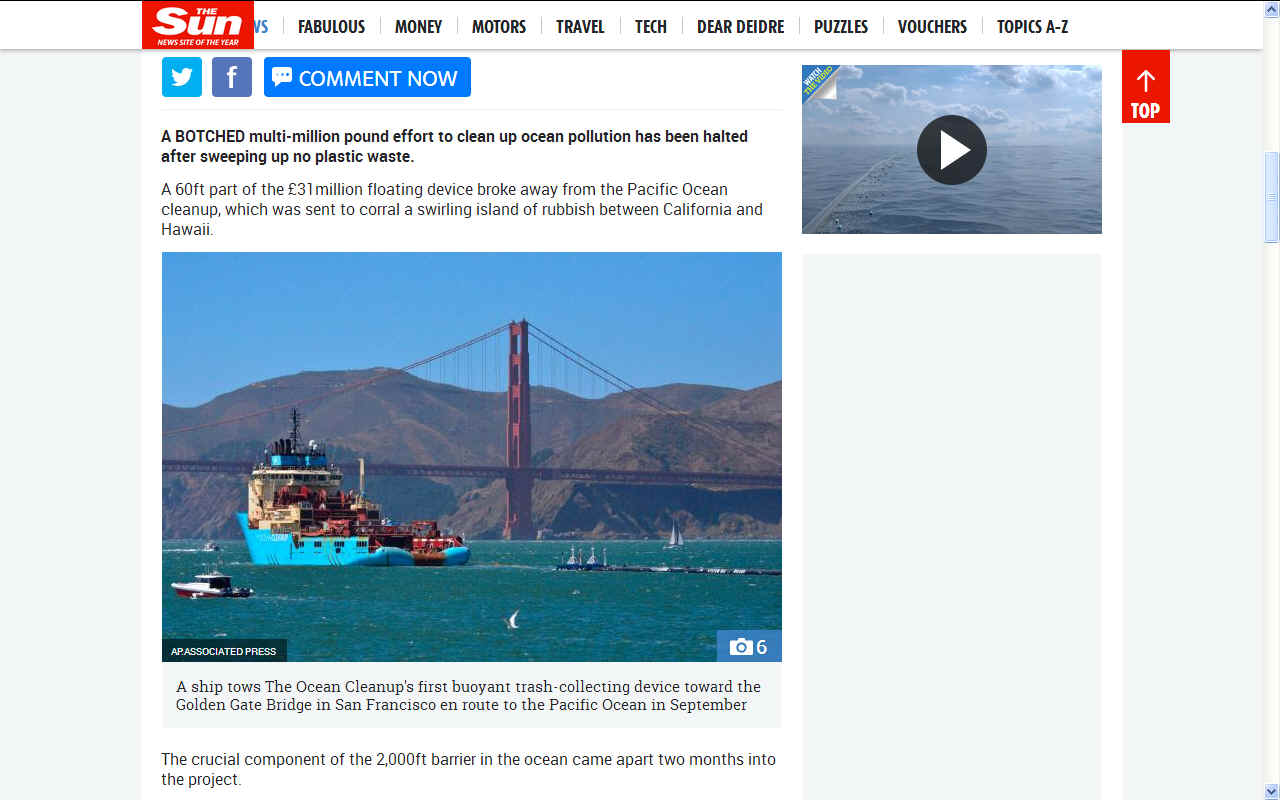
The ambitious project had hoped to collect half of the
Pacific rubbish patch, which covers an area three times the size of
France, in five years.
Now the failed structure will have to be towed back to the United
States.
Boyan Slat, 24, the Dutch entrepreneur behind the Ocean Cleanup group, admitted the project had failed.
He told NBC.com: “Of course there is slight disappointment, because we hoped to stay out there a bit longer to do more experiments and to….solve the [plastic] retention issue.
“But there is no talk whatsoever about discouragement. “This is an entirely new category of machine that is out there in extremely challenging conditions."
A ship towed the 2,000-foot-long barrier in September from San Francisco to the Great Pacific Garbage Patch an island of trash twice the size of Texas. It has been in place since the end of October.
The plastic barrier with a tapered 10-foot-deep screen was intended to act like a coastline.
It was hoped it would have trapped some of the 1.8 trillion pieces of plastic that scientists estimate are swirling in the patch while allowing marine life to safely swim beneath it. AWARDS The project and its founder have been recognized in many
fora as follows:
- 2014 Champion of the Earth - The
United Nations Environment
Programme.
- One of the 20 Most Promising Young Entrepreneurs Worldwide - Intel EYE50.
- 2015 Maritime Young Entrepreneur Award.
- In 2015 the Array was named as a London Design Museum Design of the Year.
- 2015 INDEX: Award.
- 2015 Fast Company Innovation By Design Award in the category Social Good.
- 2015 100 Global Thinkers 0 Foreign Policy.
- 2016 Katerva award.
- 2017 Norwegian Shipowners’ Association's
Thor Heyerdahl award. CONTACTS The Ocean Cleanup
Batavierenstraat 15
4-7th Floor
3014 JH Rotterdam
The Netherlands
Foundation name: Stichting The Ocean Cleanup
Chamber of Commerce number (KvK): 57262632
RSIN fiscal number (Dutch tax file number): NL8525.06.429B01
The work of Stichting The Ocean Cleanup is organized into the following legal entities:
-
The Ocean Cleanup Technologies B.V.
-
The Ocean Cleanup Operations B.V.
-
The Ocean Cleanup Projects B.V.
all @ Delft, Netherlands 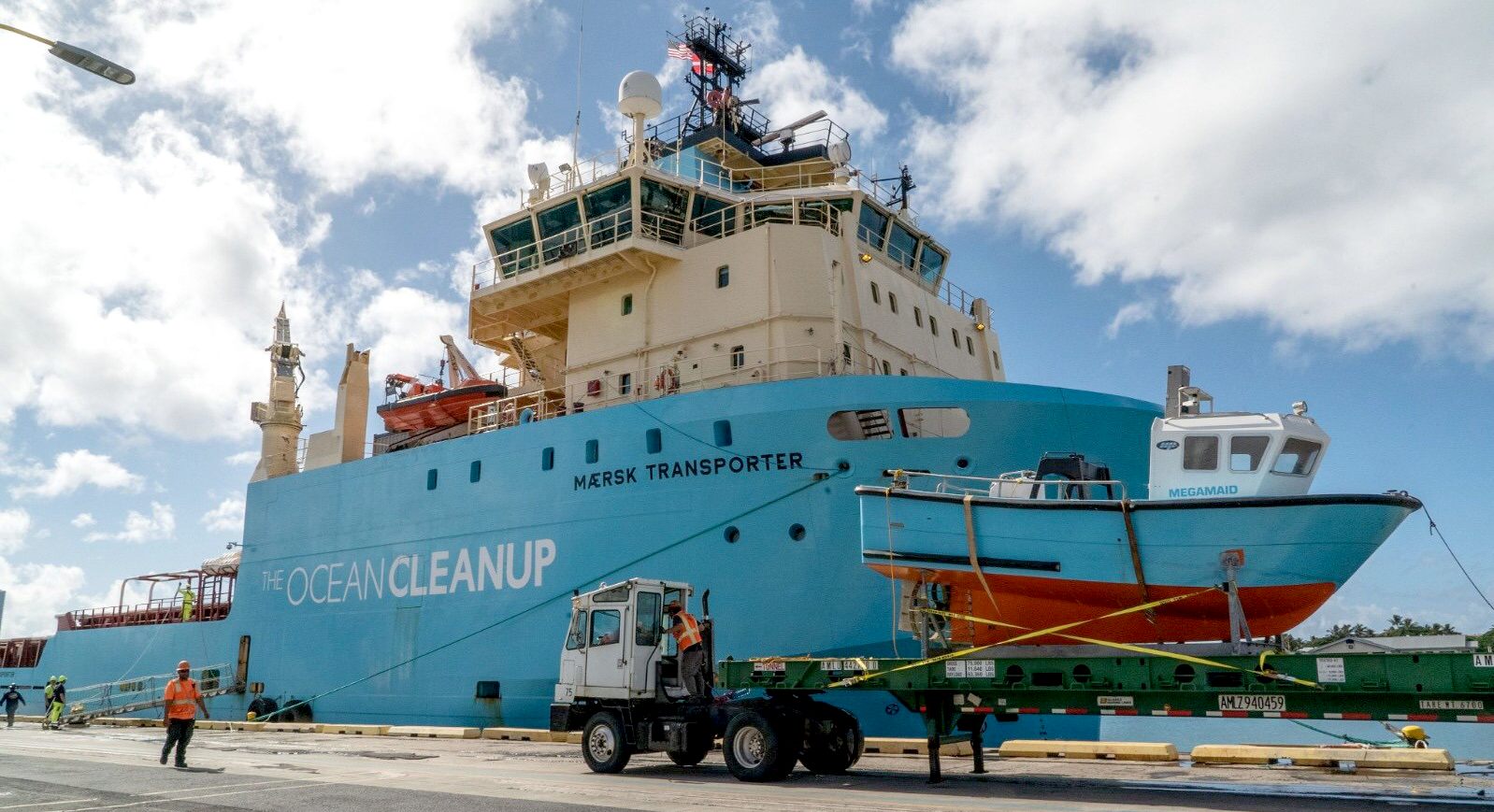

LINKS
& REFERENCE https://theoceancleanup.com/technology/ https://www.businessinsider.com/ocean-cleanup-project-failure-fixed-garbage-patch-2019-6?r=US&IR=T https://www.maersk.com/ https://www.theoceancleanup.com/partners/ https://twitter.com/TheOceanCleanup https://twitter.com/BoyanSlat http://www.fox5ny.com/news/device-to-trap-plastic-waste-in-pacific-ocean-relaunches-1 https://www.theoutliar.com/2019/01/02/worlds-largest-ocean-cleanup-project-has-stumbled-in-its-quest-to-clean-the-pacific/ https://www.thesun.co.uk/news/8130113/ocean-cleanup-project-pacific-plastic-waste-failed/ https://www.theoceancleanup.com https://wonderfulengineering.com/first-kind-giant-ocean-cleanup-machine-set-sail/
WIND
AND WAVES
-
The floating boom systems are designed to capture plastics ranging from small pieces just millimeters in size, up to large debris, including massive discarded fishing nets (ghost nets), which can be tens of meters wide.
Models show that a full-scale cleanup system roll-out (a fleet of approximately 60 systems) could clean 50% of the Great Pacific Garbage Patch in just five years.
After fleets of systems are deployed into every ocean gyre, combined with source reduction, The Ocean Cleanup projects to be able to remove 90% of ocean plastic by 2040.
The system consists of a 600-meter-long floater that sits at the surface of the water and a tapered 3-meter-deep skirt attached below. The boom floater provides buoyancy to the system and prevents plastic from flowing over it, while the skirt stops debris from escaping underneath.
Both the plastic and system are being carried by the currents. However, wind and waves propel only the system, as the floater sits just above the water surface, while the plastic is primarily just beneath it. The system thus moves faster than the plastic, allowing the plastic to be captured.
It's a giant version of fishing nets as used for centuries by fishermen. A secondary net and modified fishing vessels then capture and land the plastic on a vessel where it is transported to land for recycling.
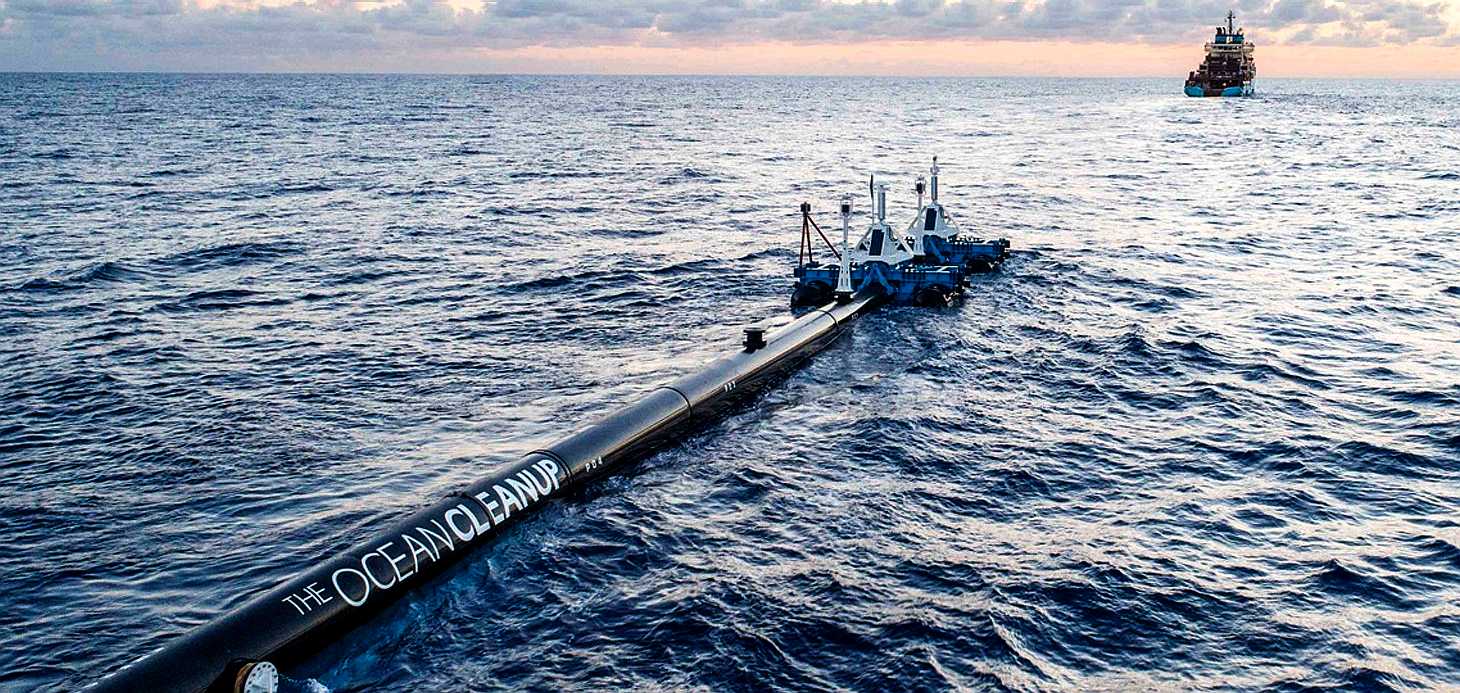
FOX
NEWS 6 JANUARY 2019 - LOS ANGELES – A trash collection device deployed
to corral plastic litter floating in the Pacific Ocean between California
and Hawaii has broken apart and will be hauled back to dry land for repairs.
Boyan Slat, who launched the Pacific Ocean cleanup project, told NBC News
last week that the 2,000-foot long floating boom will be towed 800 miles to
Hawaii. If it can't be repaired there, it will be loaded on a barge and
returned to its home port of Alameda, Calif.
The boom broke apart under constant wind and waves in the Pacific. Slat said
he's disappointed, but not discouraged and pledged that operations would
resume as soon as possible.
"This is an entirely new category of machine that is out there in
extremely challenging conditions," the 24-year-old Dutch inventor said.
"We always took into account that we might have to take it back and
forth a few times. So it's really not a significant departure from the
original plan."
Previously Slat said the boom was moving slower than the plastic, allowing
the trash to float away.
A ship towed the U-shaped barrier in September from San Francisco to the
Great Pacific Garbage Patch -- an island of trash twice the size of Texas.
It had been in place since the end of October.
The plastic barrier with a tapered 10-foot-deep screen is intended to act
like a coastline, trapping some of the 1.8 trillion pieces of plastic that
scientists estimate are swirling in the patch while allowing marine life to
safely swim beneath it. Slat has said he hopes one day to deploy 60 of the
devices to skim plastic debris off the surface of the ocean.
|

















































